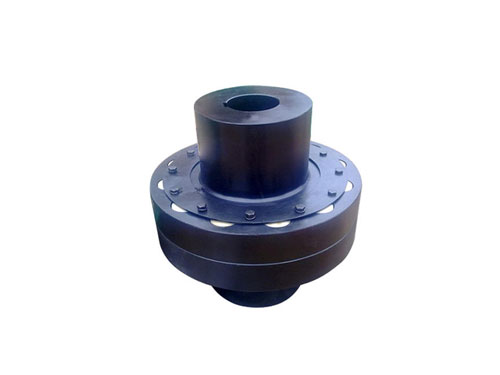 HL nylon rod pin couplingHL nylon rod pin coupling has good toughness...
HL nylon rod pin couplingHL nylon rod pin coupling has good toughness...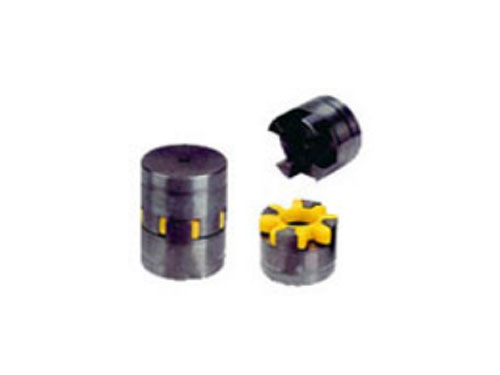 LXD type single flange star elastic couplingLXD type single flange star elastic coupling is...
LXD type single flange star elastic couplingLXD type single flange star elastic coupling is...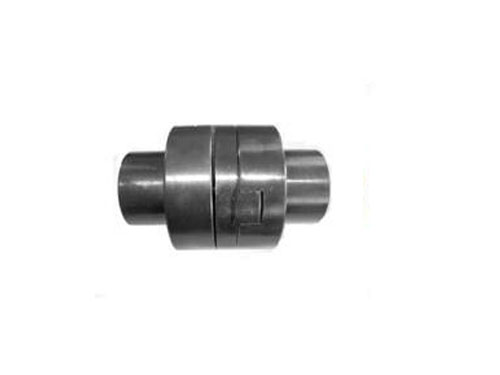 SL cross slider couplingCross slider coupling is also known as metal slider...
SL cross slider couplingCross slider coupling is also known as metal slider...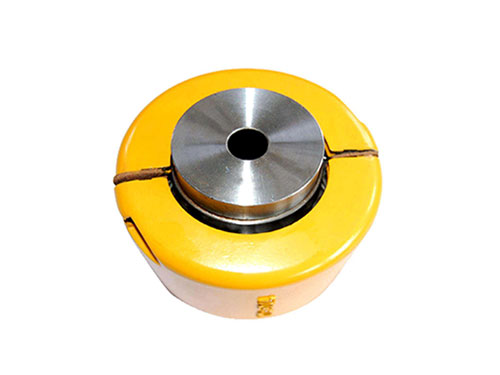 KC type sprocket couplingKC series sprocket coupling is used to connect...
KC type sprocket couplingKC series sprocket coupling is used to connect...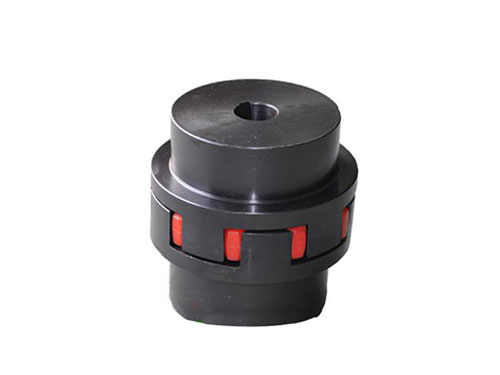 XL connection middle sleeve type star elastic couplingXL connection middle sleeve type star elastic coupling...
XL connection middle sleeve type star elastic couplingXL connection middle sleeve type star elastic coupling...What are the principles surrounding the development and evolution of flexible couplings?
Common coupling applications are more common.It is divided into rigid coupling and elastic coupling.Rigid couplings are divided into rigid fixed couplings and rigid movable couplings.The rigid fixed coupling requires the centering of the two connected shafts, and this centering accuracy will not change during work.Therefore, although this type of coupling has a simple structure, its use is too demanding, so it is rarely used.However, in some occasions, rigid fixed couplings are used, such as the occasions where the axial force needs to be transmitted through the star-shaped elastic coupling, or when other couplings for certain heavy-duty units cannot meet the torque transmission requirements.
The components of the rigid movable coupling can move relative to each other. The relative displacement of the axis can be compensated by the relative mobility, so that there is little axial displacement, radial displacement and angular direction between the two shaft axes. Displacement.The familiar and commonly used gear couplings belong to this category, and were once the choice of high-speed and high-power couplings.This type of coupling provides lubrication due to the relative movement between the components, and its compensation ability is restricted by the relative sliding speed of the movable element and the lubrication conditions.For example, the relative sliding speed of the tooth surface of the gear coupling should not be greater than 0.12m/s, so at high speed and heavy load, the angular compensation ability of this coupling is very small.In order to improve this compensation ability, gear couplings are often made of drum-shaped teeth, and the structure is more complicated, and once there is a problem with the lubrication, its use effect and life will be reduced. This has promoted the development and development of dry couplings. use.
XNUMX. What are the principles surrounding the development and evolution of flexible couplings?
(1) The elastic coupling relies on the elastic deformation of the elastic element to compensate the relative displacement of the two axes, and can also buffer and reduce vibration to avoid resonance.Elastic elements are divided into two types: metal elastic elements and non-metal elastic elements.Metal elastic element couplings include reed couplings, serpentine spring couplings, bellows couplings, diaphragm couplings and diaphragm couplings.
(2) There are still many applications of non-metal elastic element couplings, including elastic pin couplings, rubber block couplings, and tire couplings.Compared with non-metallic elastic components, metal elastic components have greater load transfer capacity, no aging problems, long service life, and less influence on temperature. They are especially suitable for use in continuously operating industrial process power equipment.
(3) The elastic coupling is a mechanical transmission device used to connect two shafts to rotate together to transmit torque and movement. It is widely used in various fields of the national economy.Since it is impossible to align the two connected shafts, the misalignment is caused by factors such as the manufacturing error of the unit, the installation error, the deformation after the load, and the temperature change.Therefore, the coupling is required not only to transmit torque and movement, but also to absorb the misalignment of the two shafts, and the additional impact on the unit should be as small as possible.
XNUMX. What are the advantages of the diaphragm coupling?
(1) Axial and angular rigidity is low, which has little effect on the equipment: a thin metal diaphragm is used as an elastic element, and the angular and axial rigidity is low, so the additional axial force and additional bending moment are very small.Because the tooth surface of the gear coupling can slide relatively, people often think that the gear coupling can compensate for large angular and axial misalignment without additional impact on the unit.In fact, this idea is wrong.After the elastic diaphragm coupling is loaded, due to friction and misalignment of the two shafts, a large additional axial force and additional bending moment will be generated on the shaft and the bearing.
(2) The ability to compensate misalignment is large, and the installation and alignment are convenient: the use of austenitic stainless steel diaphragm can withstand large deformations while transmitting torsion, thereby compensating the misalignment of the two shafts.The non-metal elastic coupling is restricted by the low strength and easy aging of the non-metal elastic element, which not only has a short life, but also has a small compensation ability.Gear couplings are restricted by the relative slip speed of the tooth surface and lubrication conditions. According to the information, the relative slip speed of the tooth surface should not be greater than 0.12m/s. The angular compensation ability is small.Therefore, non-metal elastic couplings and gear couplings require higher installation and alignment.Once the misalignment exceeds the allowable range, it will cause the coupling to fail.
(3) All-metal structure, large torsion transmission capacity, long service life: the metal diaphragm is used as the elastic element, which has large load transmission capacity, and there are no non-metal parts in the whole product, no aging problem, long service life, and suitable for Harsh use environment.This is a non-metallic elastic element coupling.